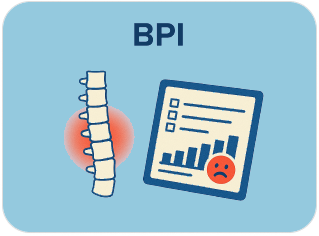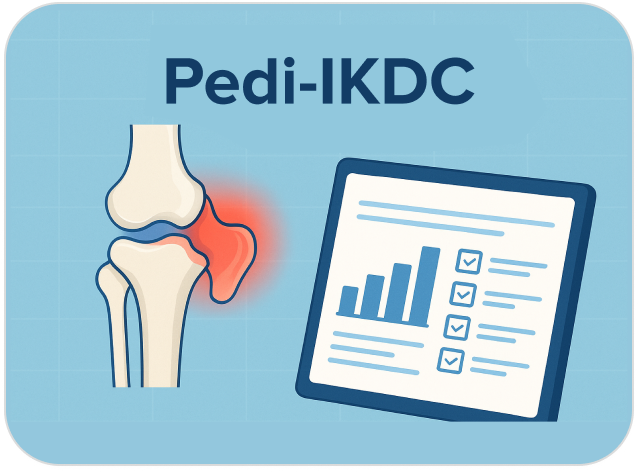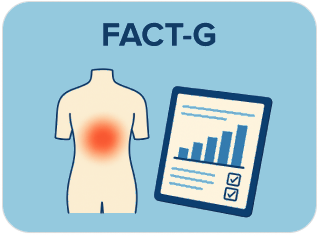Key Metrics in Metastatic Bone Disease
Patient-Reported Outcome Measures (PROMs) offer valuable insights into patient well-being, enabling personalized care and guiding clinical decisions. These measures help track disease progression, symptom management, and overall quality of life for patients undergoing treatment for metastatic bone disease.

Provides precise measures across various health domains like pain, fatigue, function, and emotional well-being.
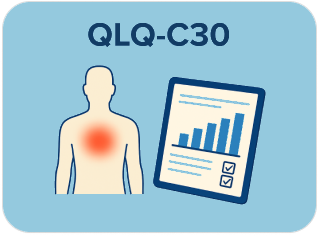
Assesses the overall impact of cancer on a patient's general health and daily functioning.
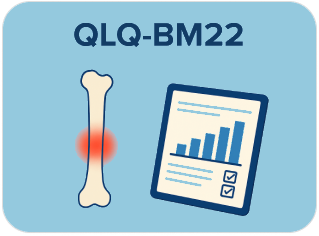
Specifically evaluates pain, functional limitations, and psychosocial issues relevant to bone metastases.
Powered suported by leading international healthcare service
Restoring Function and Mobility
Implants are crucial in restoring mobility and supporting bone structure after cancer spread to the bones. Age, bone quality, and overall health must be considered when selecting appropriate devices for optimal recovery and long-term functionality.
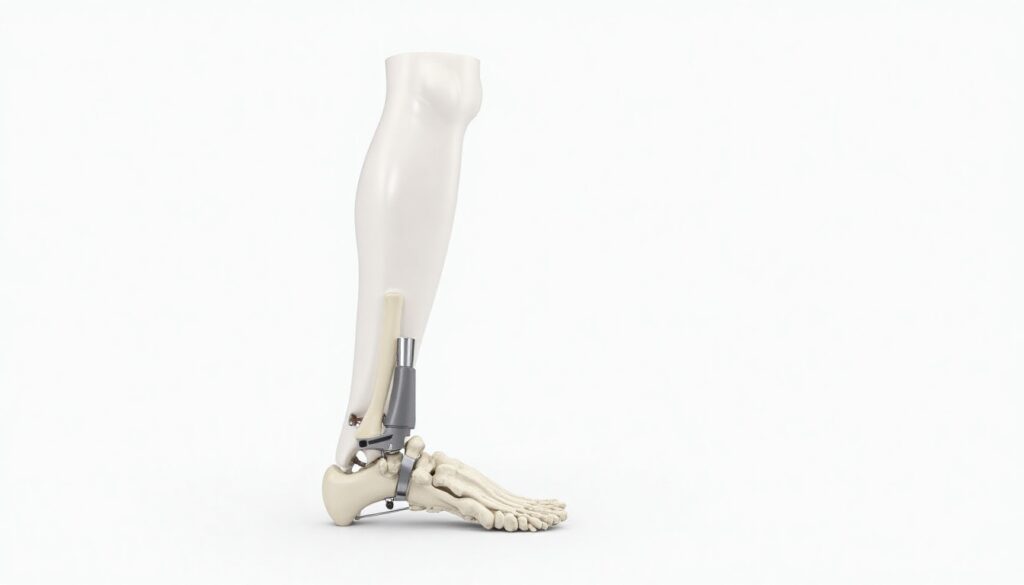
Endoprostheses & Megaprostheses
Outcome:
Restore limb function post-tumor resection, ideal for adults 20-60, enabling early weight-bearing and mobility. They provide durable, long-term solutions for extensive bone defects.
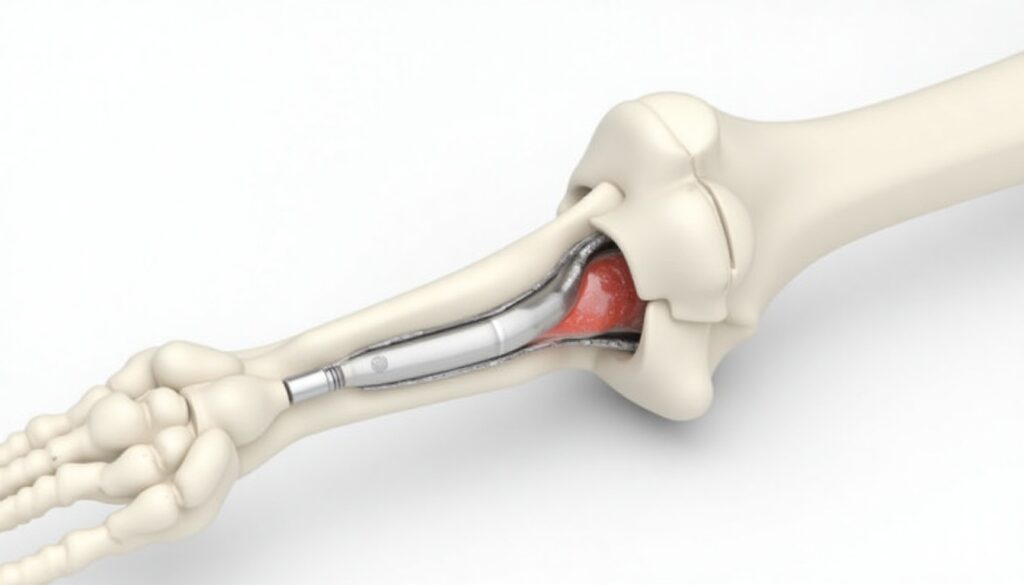
Tumor Prostheses
Outcome:
Facilitate limb salvage, restore function, ideal for adults 20-60, improving quality of life. They allow patients to resume daily activities with enhanced limb stability.
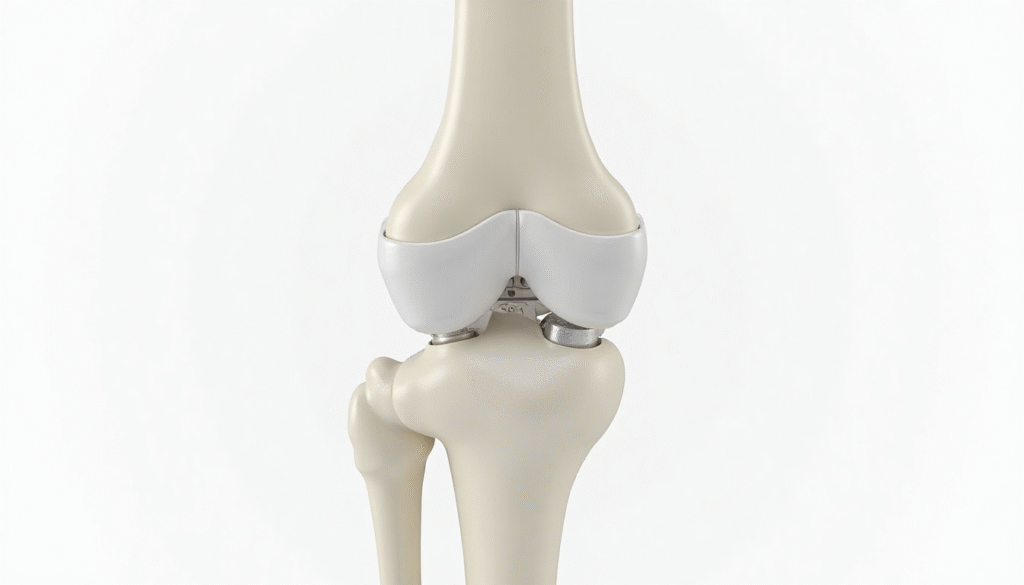
Prosthetic Joints
Outcome:
Enhance mobility, restore joint function, ideal for adults 40-70, improving daily activities. They offer smooth articulation and long-lasting joint performance.
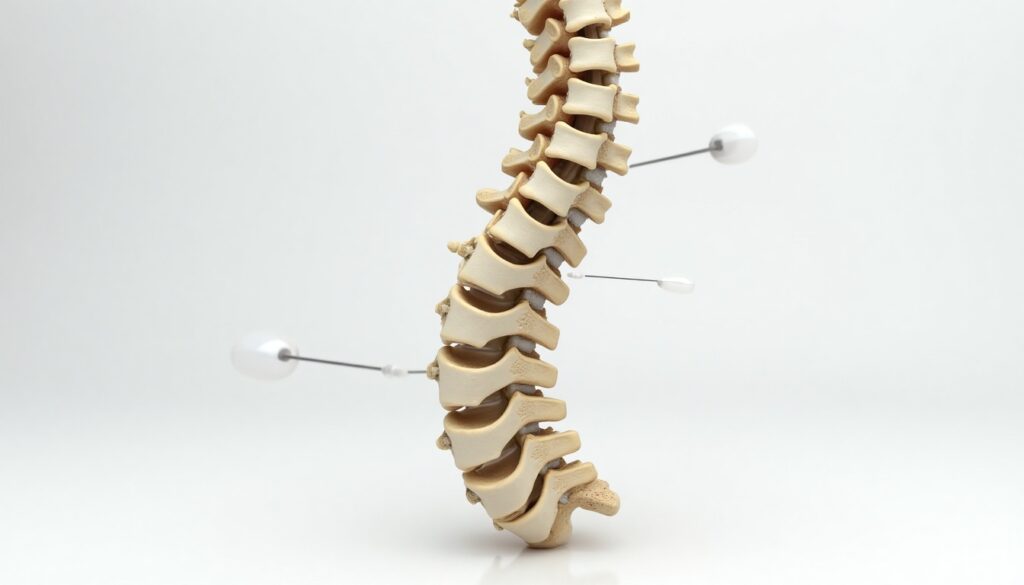
Vertebral Augmentation Devices
Outcome:
Vertebroplasty and kyphoplasty relieve pain, stabilize spinal metastases, ideal for adults 50-80, improving mobility. They enhance spinal integrity and patient comfort.
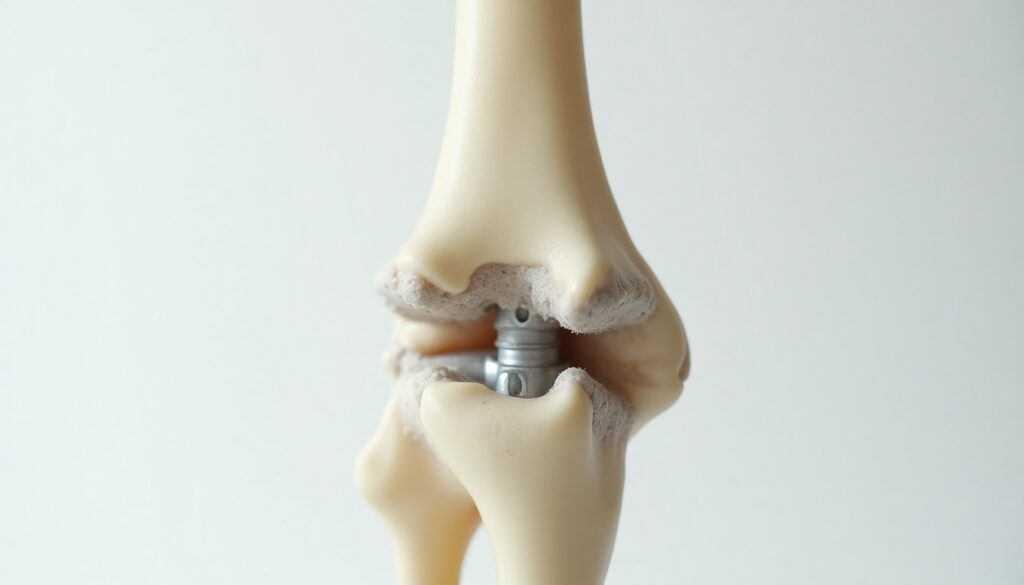
Fixation Devices: Plates, Screws, Rods, Pins
Outcome:
Stabilize fractures, promote healing, ideal for adults 18-80, ensuring structural support. They facilitate rapid recovery and maintain bone alignment.
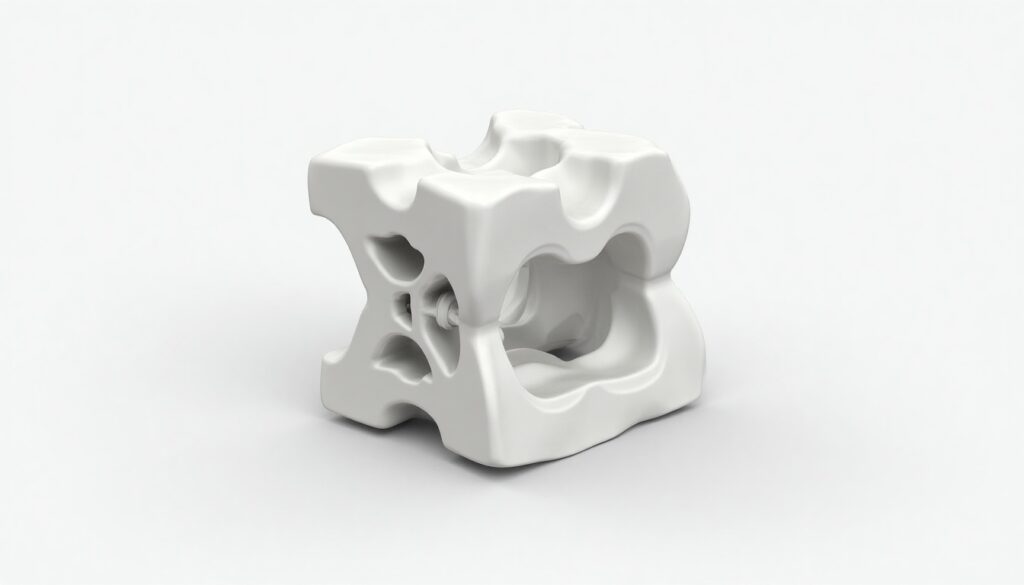
Custom 3D-Printed Implants
Outcome:
Optimize fit, enhance stability, ideal for adults 20-70, improving functional outcomes. They provide personalized solutions for complex anatomical reconstructions.
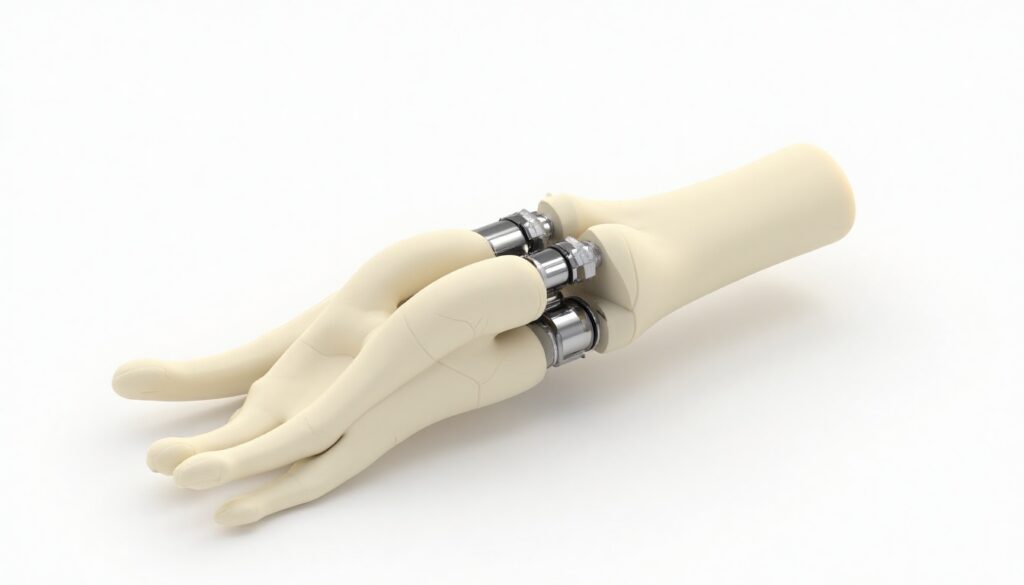
Segmental Spacers
Outcome:
Restore bone defects, maintain alignment, ideal for adults 20-60, supporting reconstruction. They ensure structural continuity and support tissue regeneration.
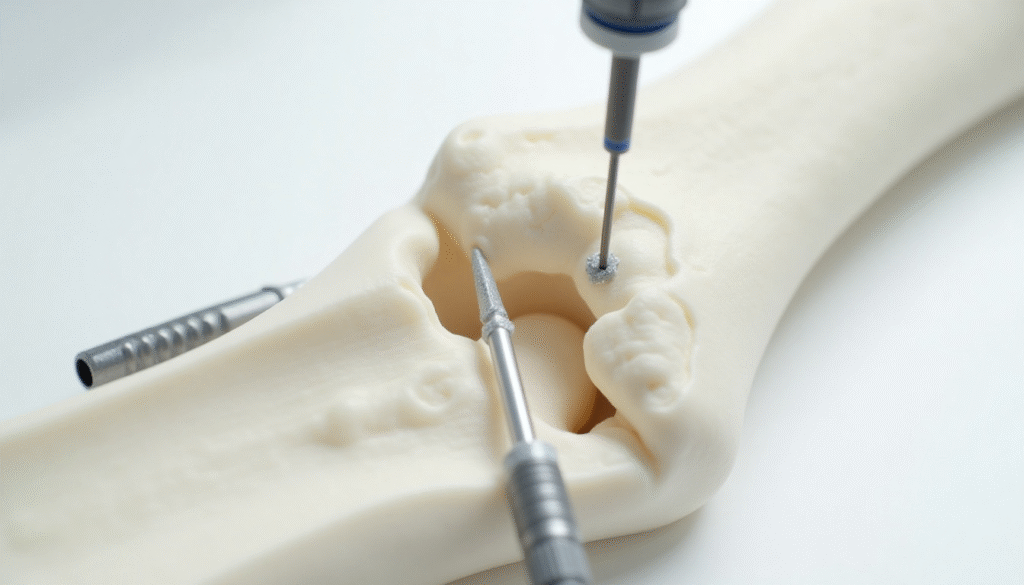
Bone Cement (Polymethylmethacrylate - PMMA)
Outcome:
This acrylic cement is frequently used in metastatic bone disease for several purposes like Stabilizing pathological fractures, Augmenting fixation, Filling defects, Drug-eluting cement.
Transforming Treatment through Navigation and PROMs
Integrating care navigation with PROMs offers a more streamlined, efficient, and personalized approach to treating metastatic bone disease. This integration empowers healthcare teams and patients alike, ensuring a better patient experience and optimal outcomes throughout the treatment journey.
Seamless Care Coordination
Care navigation integrates patient data across multiple providers, ensuring smooth transitions and reducing the likelihood of fragmented care, leading to a more cohesive treatment journey.
Proactive Monitoring and Timely Intervention
PROMs provide real-time insights into the patient’s symptoms and progress, enabling healthcare teams to intervene early and adjust treatment plans as needed, preventing complications before they arise.
Enhanced Patient Empowerment
With access to personalized feedback and real-time data, patients feel more engaged in their treatment journey, leading to higher satisfaction and improved adherence to care protocols.
Data-Driven Treatment Adjustments
The combination of care navigation and PROMs allows for continuous adjustments based on ongoing patient data, ensuring that the treatment plan evolves with the patient’s condition, enhancing outcomes and quality of life.
Fostering Innovation in Treatment Design
The integration of real-time patient data into care navigation promotes the development of more precise, adaptable treatments, driving advancements that better meet patient needs at every stage of care.
Accelerating Recovery with Tailored Approaches
By leveraging ongoing feedback from PROMs, healthcare providers can customize care plans that speed up recovery times and improve patient outcomes, ultimately increasing the effectiveness of treatment strategies.
Supporting Sustainable Care Models
Continuous monitoring through integrated systems allows for more efficient use of resources, optimizing the care process and supporting long-term strategies that align with evolving patient needs and expectations.
Catalyzing New Opportunities for Advancements
As patients experience better outcomes and more personalized care, the demand for innovative solutions rises, paving the way for further breakthroughs and encouraging the development of more effective tools for patient recovery.
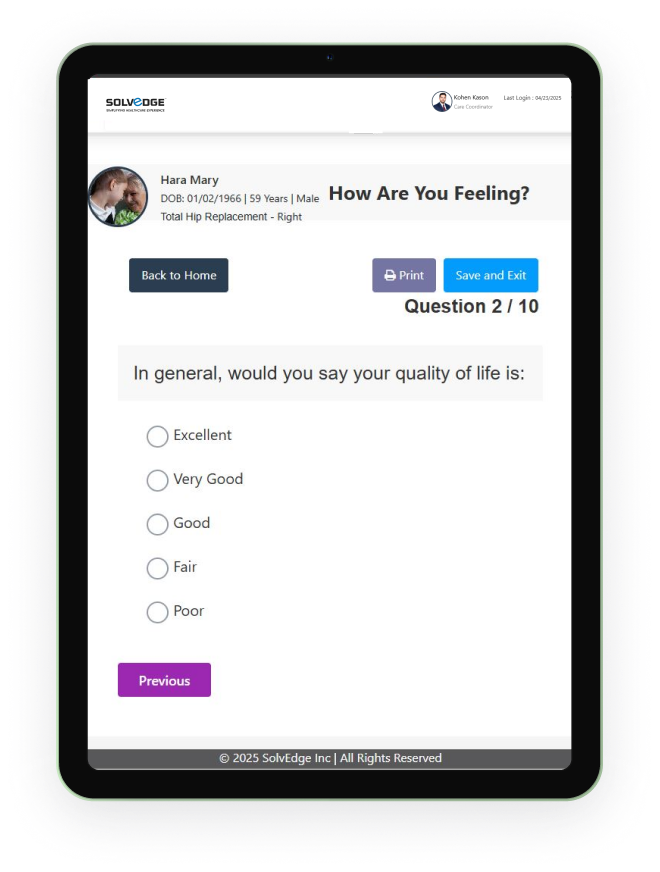

Transforming Metastatic Bone Disease Care
Innovative Treatments, Better Outcomes
